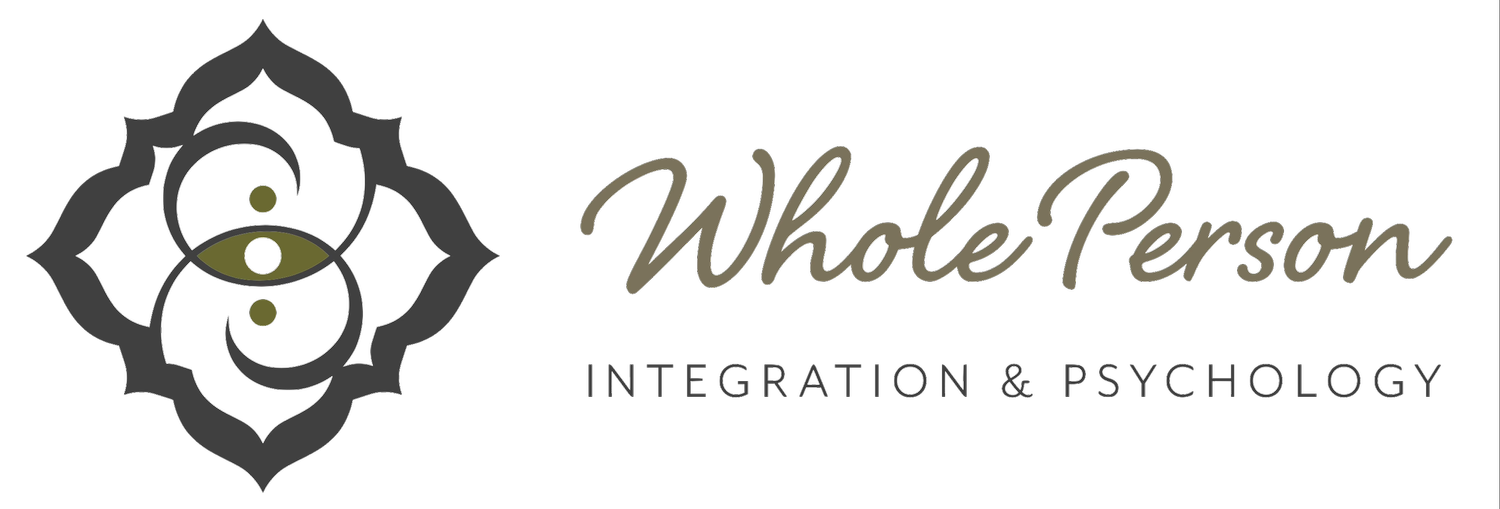Trauma-Based Coping in Relationships: When Collapse, Fawn, and Flight Impact Intimacy
by Dr. Denise Renye
Trauma leaves an imprint not only on our nervous system but on how we relate, attach, and build safety with others. Many of us learned early on that connection was conditional or unpredictable. To survive in environments where love and care were inconsistent, the nervous system adapted. Those adaptations were intelligent and necessary then. But when carried into adult relationships, they can make intimacy feel confusing, overwhelming, or unsafe.
Three common trauma-based coping responses that can shape relationships are collapse, fawn, and flight. While they each arise from a desire to stay safe and connected, they can unintentionally undermine the secure, reciprocal partnership we long for.
Collapse: When Overwhelm Shuts Down Connection
Collapse is the nervous system moving into withdrawal, dissociation, or shutdown. It often shows up when someone feels emotionally flooded or powerless. In relationships, this can look like:
Feeling numb or checked out during conflict
Shutting down instead of communicating needs
Avoiding decisions or responsibility in the partnership
Becoming small to avoid triggering others
To the person experiencing collapse, this feels like safety. To a partner, it can feel like distance, disconnection, or abandonment. Collapse is not a lack of care; it is the body protecting itself. But sustainable partnership requires presence. Healing involves learning to tolerate emotional intensity, stay in one’s body, and slowly build the capacity to stay engaged even when uncomfortable.
Fawn: The Disappearing Self
Fawning is people-pleasing as survival. It is the nervous system saying, “If I can stay agreeable, accommodating, and pleasing, then I will not be hurt or rejected.” In partnership, this can look like:
Suppressing needs and boundaries to avoid conflict
Over-functioning emotionally or logistically
Prioritizing the partner’s experience over one’s own
Feeling resentful, depleted, or unseen over time
Fawning can temporarily create closeness. But it does so by erasing the self. Intimacy cannot exist without authenticity. Eventually the nervous system begins to protest, and resentment or emotional exhaustion surface. Healthy partnership requires mutuality, voice, and the courage to let oneself be known even when it risks disappointment or disagreement.
Flight: When Intimacy Triggers Escape
Flight says, “Stay in motion. Do not sit still. Do not feel this.” It is the instinct to outrun discomfort, vulnerability, and emotional pain. In relationships, this may look like:
Pulling away when things get intimate
Staying perpetually busy or distracted
Hyper-independence
Ending relationships rather than facing conflict
Believing you just need space while actually feeling scared
Flight can feel like freedom, but often it is fear disguised as self-sufficiency. Partnership asks us to stay, to feel, and to face complexity with another person. That is a skill and for many trauma survivors it must be learned and practiced gently.
How These Patterns Impact Partnership
When collapse, fawn, or flight drive relational behavior, partnerships can become imbalanced. One person might always soothe while the other withdraws. One might carry the emotional labor while the other disappears into productivity or silence. Connection becomes reactive rather than intentional.
None of this means someone is broken. It can, however, mean that they are not yet ready for a partnership in which deep intimacy, mutual care, and shared responsibility are possible. Trauma-based coping patterns exist to help a person survive, and survival often takes precedence over thriving. Recognizing these patterns is an important step toward self-awareness, healing, and understanding whether entering or sustaining a relationship feels safe and sustainable.
For some, this awareness leads to choosing to focus on personal growth and regulation before fully committing to a partnership. For others, it can mean finding a partner who is willing to co-create safety, space, and support as both people learn to navigate old survival strategies. The key is approaching oneself and one’s relationships with compassion, patience, and clarity. Learning to thrive happens over time, and readiness for healthy partnership is part of that journey.
Healing Is Possible and Relationships Can Support It
Healing trauma-based relational patterns is not about blaming or shaming ourselves. It is about bringing awareness to old adaptive strategies and asking whether they serve who we are becoming. This work includes:
Building capacity to stay embodied during emotional moments
Practicing boundaries and authentic expression
Cultivating self-soothing skills rather than outsourcing regulation or abandoning oneself
Creating relationships where mutual care and accountability exist
Healthy partnership does not demand perfection. It requires willingness to be present, to be honest, to repair, and to grow. A partner cannot fix trauma patterns. But the right relational environment can support healing. When we bring visibility and compassion to our survival strategies, something powerful happens: the nervous system learns safety in connection rather than safety through protection.
From that place, intimacy transforms. We move not from fear but from choice. Not from survival but from self-trust. Love, when grounded in truth and embodied presence, becomes a place of deep repair and liberation.

